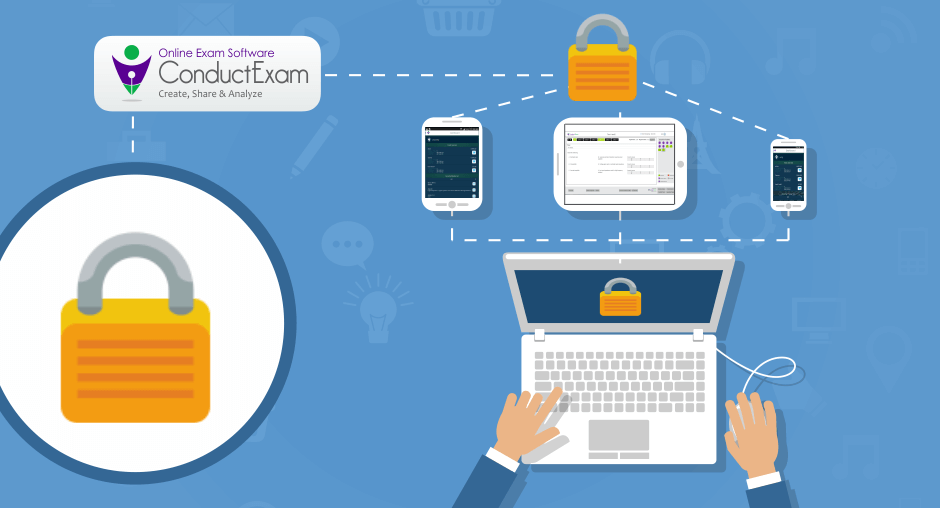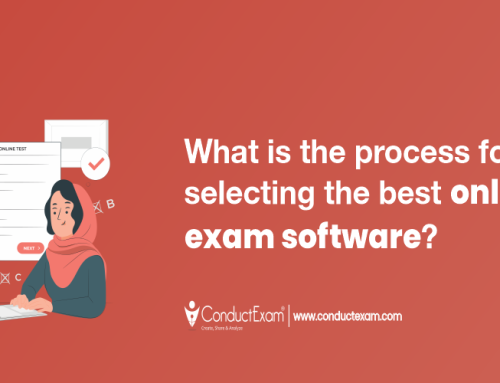Online exam is a field that is very popular and nowadays more efficient and fast than before; online course exam need more enhancing security.
The online process and security of the online exam system helps with eliminating cheating.
Online examination are highly interactive, customizable, trustworthy, secure, and can be accessed in multiple devices.
Certain criteria are to be taken into consideration by an exam administrator to check the security and minimize cheating during exams.
AUTHENTICATION
User Log in and Password is the best and efficient way of authentication.
Administrators, have the power to disable any of these log-ins at any point—which can help to prevent suspected cheaters from accessing test content.
the use of Web cameras for student identification is also the most popular and reliable way of user authentication.
ADD RESTRICTIONS
The first control procedure is to offer the online exam only at one set time.
An exam should be scheduled for a specific date and time.
The most authentic process of using user-id and password scheme is a commonly used.
It is a popular authentication method, because passwords are key to authentication.
The second control procedure is the exposure of the students only for a brief period of time, perhaps only 15 minutes to sign in the exam.
Each administrator, instructor and student is assigned a unique User Id and password, which are enabled only within the Tester Module and can be disabled at any time.
Students taking an open book exam will have limited time to learn the theory or to learn how to solve numerical problems.
Administrators can control user-profiles and permissions, and can design all aspects of test activation, reviewing and publishing.
The next control procedure is that exam questions can only be attempted one at a time.
Students can work only on one question at a time and cannot go ahead without finishing it. The students can only go forward from question to question without retracing.
Online exams should use Lock down Browser functions that locks down the testing experience by preventing users from accessing any external Windows or web browsers, disables the Ctrl/Alt keys, Print Screen, Close button and Copy/Paste/Print functions.
RANDOMIZATION
The next control procedure is that the sequence of exam questions should be randomized.
The instructors should change at least one-third of multiple choice/objective questions on each exam every term. Using varied question and answer sequences reduces the likelihood of cheating.
The Question Banks helps to construct the randomized exams by grouping the questions by questions type, such as true/false, multiple-choice, or short answer.
Random ordering of questions and answer choices complicates the cheating efforts of group test takers.






Leave A Comment